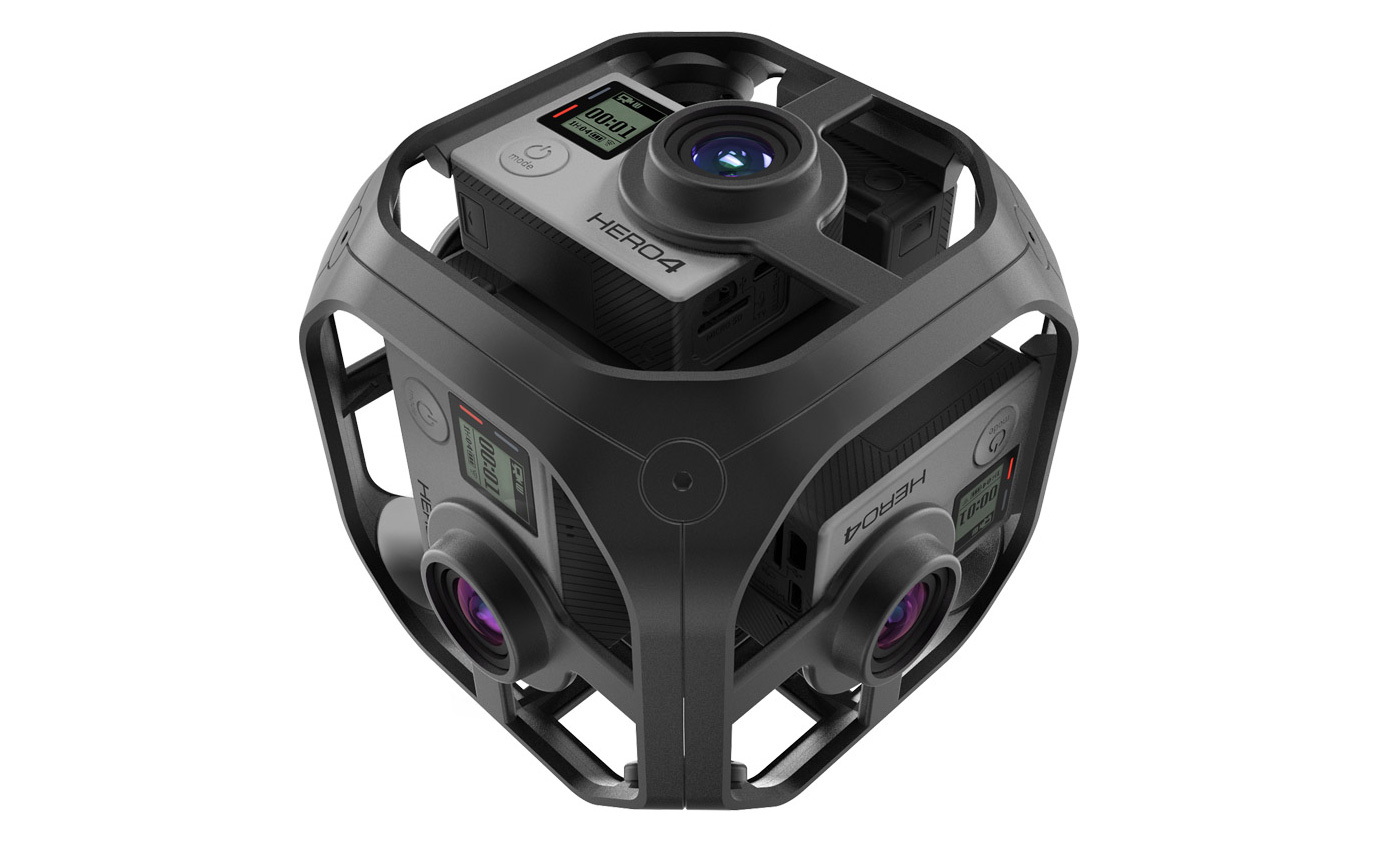There is new firmware out for your HERO4 Black and Silver cameras, and it adds a key feature most often requested by professionals, exposure lock. This will be my third blog entry in the series in what makes Protune the best shooting mode on your GoPro. See the previous posts on the extended Protune 2.0 features for Hero 3+ and the original Protune post for HERO2.
Protune continues in its flexibly in providing the ultimate control over your GoPro camera, but with last month's firmware update, Protune expands the control beyond that of Hero 3+ Black.
In addition to the classic Protune NATIVE white balance (for wide gamut) and FLAT color profile (log for greater dynamic range), the new shutter control allows you to switch from automatic (default) to a locked shutter-speed related to your selected frame rate. For 24p capture, the new shutter options are Auto, 1/24, 1/48 and 1/96th of a second:
For a 60p mode the options are: Auto, 1/60, 1/120 and 1/240. So for all Protune video modes the shutter can be set for 360, 180 or 90 degrees of effective shutter angle.
The ISO Mode control when set to MAX, works identically to ISO Limit is the previous release, where the ISO will automatic range from 100 to whatever to set in MAX. I typical never want the sensor gain above 1600.
A good use the shutter control feature is for removing the motion blur from low-light (indoor) slow-motion shots. When shooting at 120fps or greater, the camera will naturally open to a 360 degree shutter if isn't daylight. This will make the slow-motion very smooth, but too dreamy for some action sequences. Using a 90 degree shutter will keep the motion blur to a minimum for these demanding shooting conditions.

Switching to LOCK will disable any auto-exposure behaviors in the camera. In most lighted situations, setting the camera to a fixed ISO 100 is best, offering the lowest sensor noise. But all is not perfect, as GoPro cameras are designed for durability with no moving parts, there no iris (aperature) control. Fixing the ISO to 100 and the shutter to a longer than typical for action sports (normal is around 1/1000th second) often there will be too much light due to the wide open F2.8 lens. For daylight shooting you will need to add neutral density filters, and a lot. Fortunately the ND32 needed is available for direct lens mounting from this Polar Pro filter set (unfortunately they don't sell the ND32 separately.) There are other options to adapt the GoPro lens mount to traditional filters like this from Snake River Prototyping, great for handling for those rare days when you need ND64. I've used them all with excellent results.
Manual exposure is here, stock up on you ND.


















